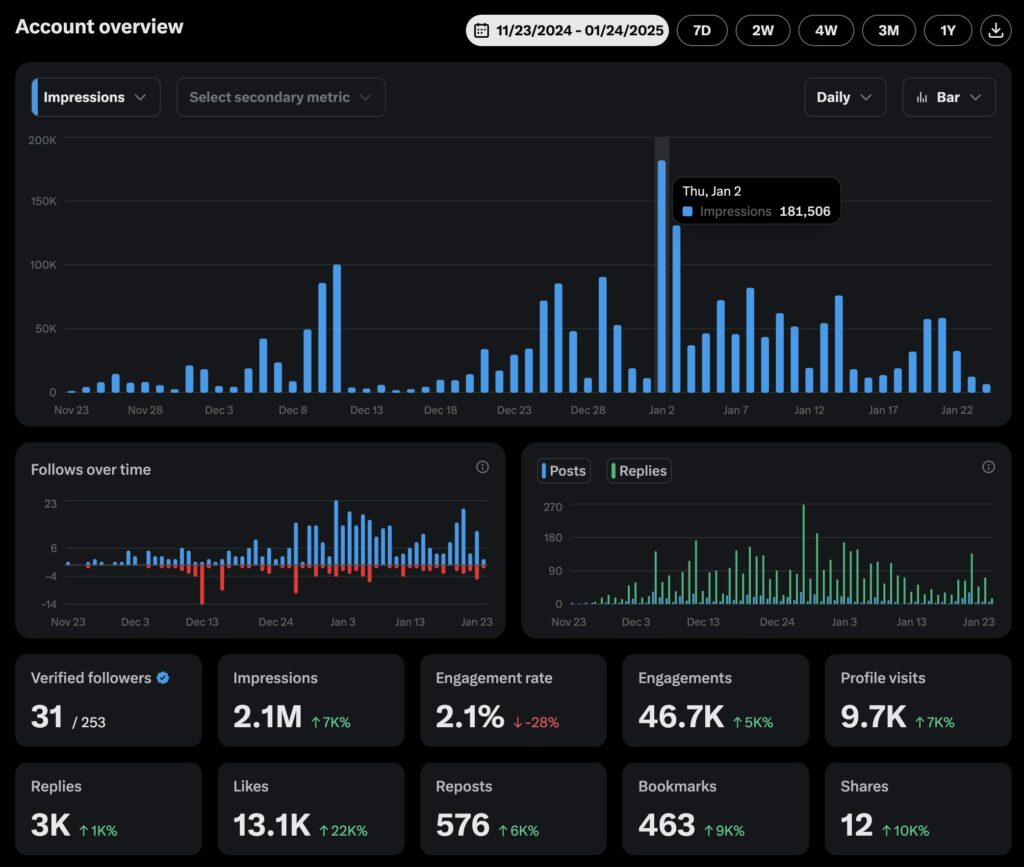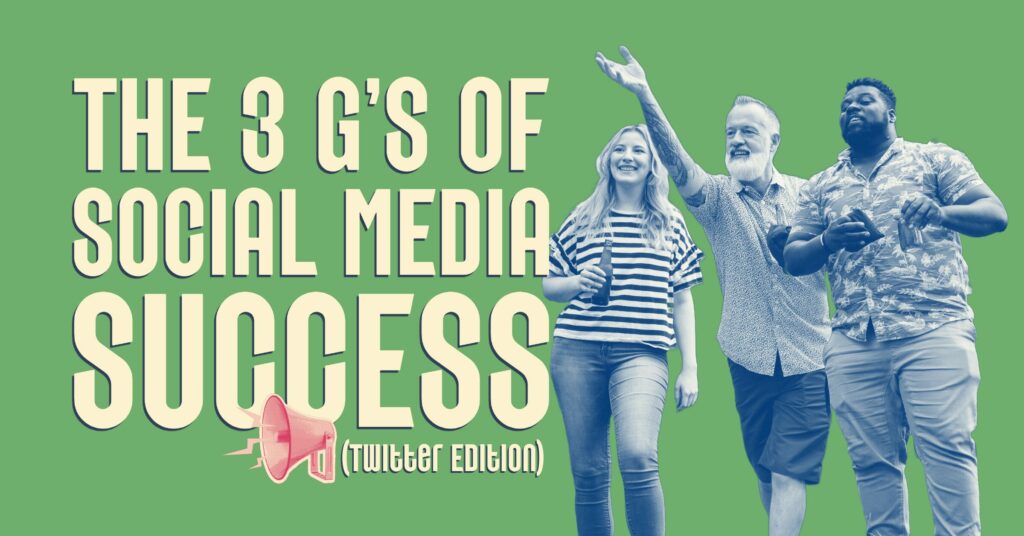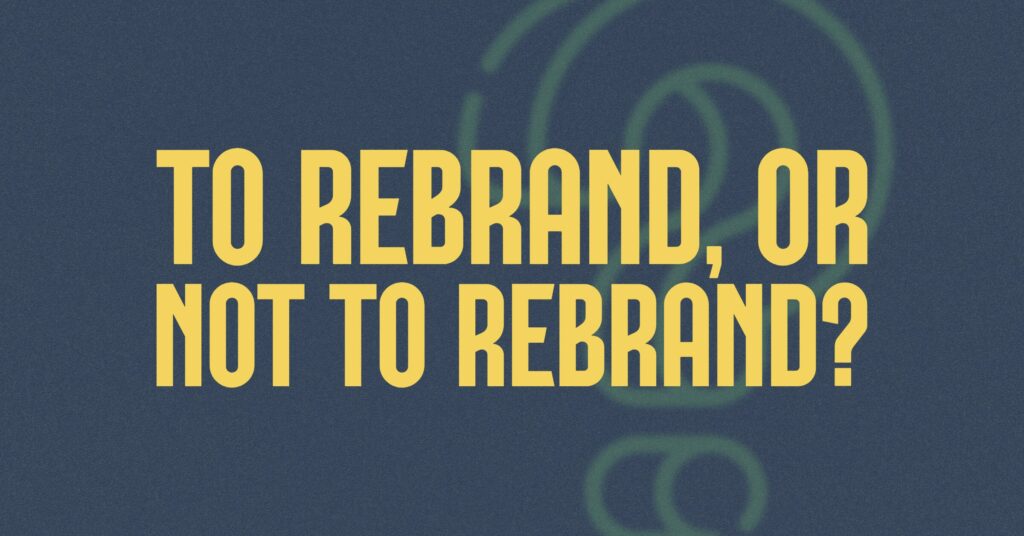Social media strategies often fall into the trap of chasing vanity metrics: likes, followers, and impressions that look good on the surface but fail to drive real business outcomes. For brands looking to cut through the noise, a framework focused on tangible results is essential. Enter the “3 G’s of Social Media Success:” Goals, Games, and Guardrails. This approach is built to prioritize what truly matters–generating sales, building partnerships, and increasing marketing power–while staying nimble and efficient. And there’s no better platform for this strategy than Twitter, where interaction and creativity thrive.
GOALS: Defining What Really Matters
The first “G” is Goals, which are the foundation of any successful social media strategy. Goals are tangible, measurable objectives tied directly to business outcomes. They steer your efforts and ensure your social media presence delivers results.
Instead of generic aspirations like “grow followers” or “increase engagement,” Twitter goals should be highly specific and actionable. For example:
- • Generate 10 warm leads via direct messages in 30 days.
- • Secure mentions or shares from 5 industry influencers within a month.
- • Drive 500 clicks to a product landing page through targeted conversations.

By aligning goals with your broader business objectives, you create a clear path toward meaningful growth. Importantly, goals should be SMART–Specific, Measurable, Achievable, Relevant, and Time-bound–to provide structure and focus.
GAMES: Strategic Execution with Measurable Outcomes
The second “G” is Games, which represent the strategies and tactics that bring your goals to life. Think of them as the plays in your social media playbook; creative approaches that keep your Twitter strategy active and engaging.
Unlike passive content posting, games are specifically designed to spark conversations, actively encourage public interaction, and ultimately build relationships. Furthermore, they are strategic in nature, with success being measured not only by platform metrics but also through custom analytics tailored to your goals.

Examples of Twitter-specific Games:
- 1. Engagement Challenges: Use polls, trending hashtags, or provocative questions to drive replies and retweets.
- 2. Direct Outreach Plays: Identify potential leads or partners and start personalized conversations in public threads or private DMs.
- 3. Content-Driven Plays: Share compelling threads, witty commentary, or industry insights that encourage likes, shares, and discussion.
- 4. Community Engagement: Host or participate in Twitter Spaces to connect with your audience in real time.
Twitter’s fast-paced, conversational nature makes it the ideal platform for playing these games. Metrics such as reply rates, profile visits, and inbound inquiries provide real-time feedback on what’s working. Custom metrics, like the number of leads generated from direct interactions, can add even more value.
GUARDRAILS: Protecting the Brand While Staying Agile
The third “G” is Guardrails, which are the guidelines and boundaries that define your brand’s behavior and content on Twitter. They ensure consistency, maintain professionalism, and reduce the risk of missteps while enabling your team to act confidently.

Key Areas of Guardrails:
- • Content Guidelines: Define your brand voice, tone, and style. For example, should your tweets be formal or conversational? Serious or humorous?
- • Behavioral Rules: Decide how to handle negativity or controversy. Will you respond to trolls, ignore attacks, or engage in public debates?
- • Ethical Standards: Avoid practices like misleading claims, overusing automation, or spamming followers.
By establishing guardrails, you give your team a clear framework for decision-making while protecting your brand’s reputation. They provide clarity, allowing your team to focus on creativity and engagement without fear of crossing unacceptable lines.
Why the 3 G’s Work on Twitter
The 3 G’s framework thrives on Twitter primarily because the platform is inherently interactive and fast-paced, which makes it especially well-suited for a goal-oriented, game-driven approach. In contrast to other platforms that tend to prioritize big-budget content production, Twitter instead enables brands to create impactful connections with relatively minimal investment.
Here’s why Twitter stands out:
- • Conversational Nature: Twitter facilitates real-time conversations and direct engagement, making it easier to play dynamic “games.”
- • Immediate Feedback: Twitter analytics provide instant insights into your performance, allowing for quick adjustments.
- • Creative Flexibility: The platform’s format encourages brands to challenge norms and experiment with unique strategies.
Implementing the 3 G’s on Twitter
Ready to put the 3 G’s into action? Here’s a step-by-step guide to building your Twitter strategy:
- 1. Set Clear Goals: Start with measurable, business-focused objectives that align with your broader strategy.
- 2. Design Your Games: Brainstorm creative plays to achieve your goals. Be sure to track performance using Twitter analytics and custom metrics.
- 3. Establish Guardrails: Define the rules and guidelines that will keep your brand consistent and professional.
- 4. Monitor and Optimize: Use analytics to refine your approach and adapt to changing circumstances while staying true to your goals.

Social Media Success: Your Twitter Strategy That Delivers
The 3 G’s of Social Media Success—Goals, Games, and Guardrails—provide a focused, results-driven framework for making the most of your Twitter presence. By defining clear objectives, executing creative strategies, and setting strong boundaries, you can build a powerful and sustainable approach to social media marketing.
If you’re tired of chasing vanity metrics and ready to focus on what truly matters, it’s time to rethink your strategy and embrace the 3 G’s. Success on Twitter relies on you and your team playing the right game, with the right goals, and the right guardrails.






